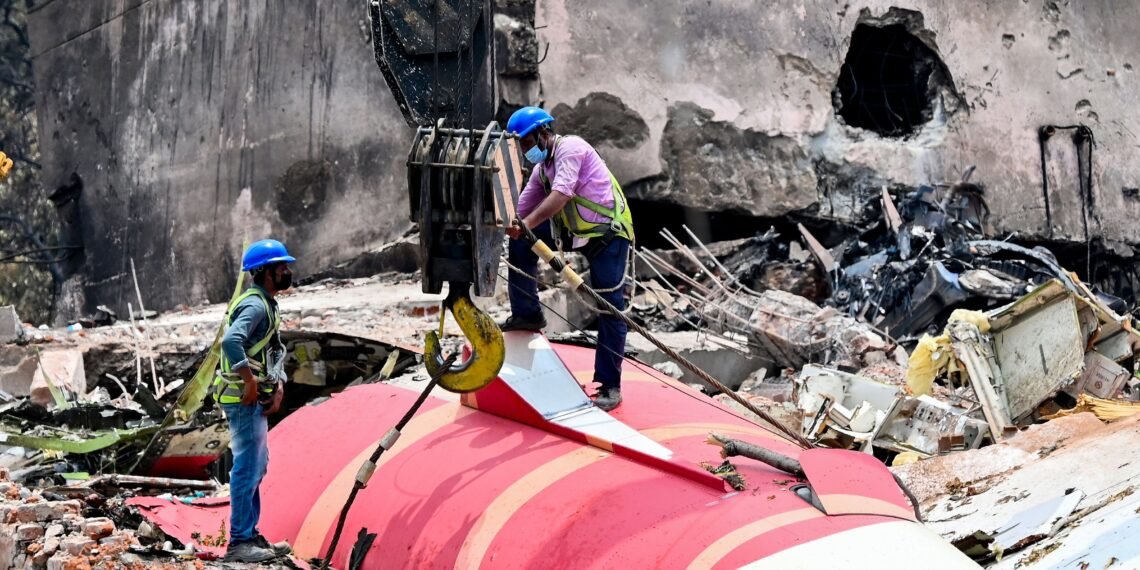Four weeks before the Air India crash, the UK Civil Aviation Authority ordered daily checks on Boeing fuel shutoff valves, citing potential safety hazards.
BY PC Bureau
Less than a month before an Air India Boeing 787-8 crashed shortly after takeoff from Ahmedabad, the UK’s Civil Aviation Authority (CAA) had flagged concerns over faulty fuel shutoff valves on several Boeing aircraft, including the Dreamliner, and ordered immediate safety checks.
In a safety notice issued on May 15, the UK regulator instructed operators of Boeing 737, 757, 767, 777, and 787 aircraft to assess a U.S. Federal Aviation Administration (FAA) Airworthiness Directive (AD) and determine its applicability to their fleets. The FAA directive had warned of a potential malfunction in the fuel shutoff valve actuators—components that control the flow of fuel to an aircraft’s engines.
“The FAA has issued an Airworthiness Directive (AD) addressing a potential unsafe condition affecting fuel shutoff valves installed on the following Boeing aircraft: B737, B757, B767, B777, B787,” the CAA stated in its advisory.
READ: Grand Mufti Intervenes to Save Kerala Nurse from Yemen Execution
Fuel shutoff valves are critical for flight safety, enabling crews to stop fuel supply to engines during maintenance, emergencies, or fires. The CAA notice required daily checks on affected aircraft and instructed airlines to inspect, test, or replace the actuators as necessary.
Breaking @themojostory – exclusive – as recently as May 2025, JUST under 4 weeks before #AirIndiaCrash – UK regulator issued a mandatory directive, quoting the FAA ( American Aviation Regulator), citing a “potential unsafe condition affecting fuel shut off valves”- these are… pic.twitter.com/eHTvs9MTDb
— barkha dutt (@BDUTT) July 14, 2025
The issue gained renewed attention after India’s Aircraft Accident Investigation Bureau (AAIB) noted in its preliminary report on the Air India crash that both engines had shut down shortly after liftoff when the aircraft’s fuel control switches unexpectedly moved to “CUTOFF.”
While the FAA, in a July 11 statement, asserted that the switch design posed no safety risk, and Boeing echoed that stance, the UK had taken a more cautionary approach weeks earlier, mandating proactive action by airlines.
READ: Mizoram CM Meets PM Modi: Chin Refugees Top Agenda
Maintenance records show that Air India had replaced the Throttle Control Module (TCM)—which houses the fuel control switches—on the crashed Dreamliner in 2019 and again in 2023, in line with Boeing’s guidelines. However, the AAIB report revealed that the airline had not inspected the locking mechanism of the switches, as recommended in a 2018 FAA bulletin. Air India has maintained that since the advisory was not mandatory, no such inspection was required.
In an internal communication, Air India CEO Campbell Wilson said the probe’s initial findings “identified no cause nor made any recommendations” and urged restraint from speculation or premature conclusions about the crash.













